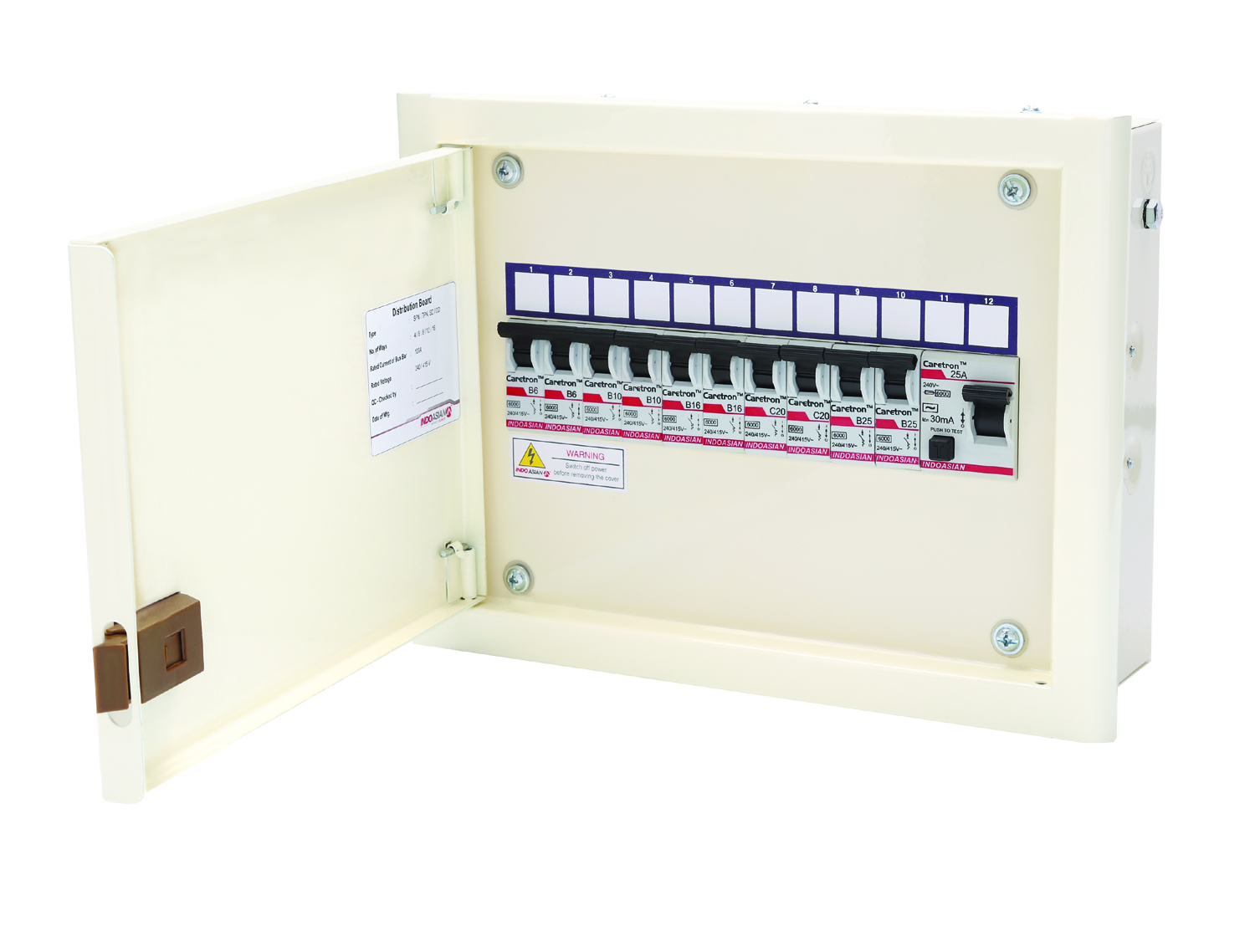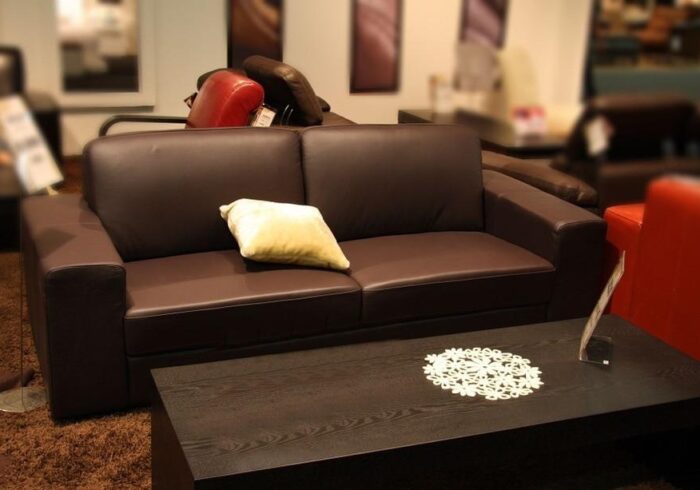The major electrical supply system is the distribution board for any structure. The primary cable enters the distribution board and is routed to secondary circuits such as lights and plugs through breakers. It is critical to maintaining efficient power distribution for the safe operation of all gadgets in the home and appliances. BS bars, DIN rail, and a neutral link are fitted on distribution boards.
Distribution boards are more than just a box; they’re a whole system with neutral linkages, an earth leakage unit, and interconnecting wires, all aimed at ensuring proper electrical distribution in your home.
Components of a Distribution Box
Electrical distribution boards’ basic structure and technical features differ depending on the country and requirements. A bus bar, fuse linkages, switches, bypass equipment, and a residual current detector are all common features of an electrical distribution box (RSD.). On a large scale, these characteristics will result in:
- Installation of a residential electrical system
- Surge-protection devices protect against power surges in the central control and distribution switchboard, also known as the incoming supply circuit breaker (consumer unit).
- There is an earth resistance between the electrode and the zero voltage point.
Safety is a must when working with wires and cables in an electrical system. Distribution boards must include the following provisions:
- The circuits should be protected from overcurrent by the fuse.
- It’s easy to set up.
- Wires, fittings, and cables from other sources should be able to fit.
- Corrosion is something that DBs should avoid.
- The use of high-quality wire is recommended for safety reasons.
Distribution Boards’ Primary Responsibilities
- Depending on how one will use the power supply, divide it into sub-circuits.
- Ensure that everyone and everything is protected from short circuits.
- Distribute energy from the main power source to multiple locations.
The Different Types Of Distribution Boards
Many distribution boards are available to satisfy specific distribution requirements, some of which are also programmable. Standard distribution is now created per technical standards as well as home décor to ensure that it blends in seamlessly. Two types of distribution boards are available :
- Single Door Distribution Board: A single door distribution board is used for simple applications and is available in 4-way, 8-way, and 16-way varieties.
- A Double Door Distribution Board: It is utilised for heavier-duty operations and a greater number of applications and connections. They’re generally used for business objectives.
Electrical distribution boards are classified into several categories based on their design, functionality, and other factors. A few instances are given below:
- Main Breaker Panel: Main breaker panels are one of the most frequent types of panels and are used to stabilise a home’s electrical system.
- The Main Lug Panel: Its electrical wires are intended to pass through lugs and connect to a circuit breaker.
- Subpanels: Because of the safety of these electrical distribution boards, subpanels are widely used. They are also smaller making them easier to control.
Visit https://www.indoasian.com/ today to learn more about Distribution Boards!




